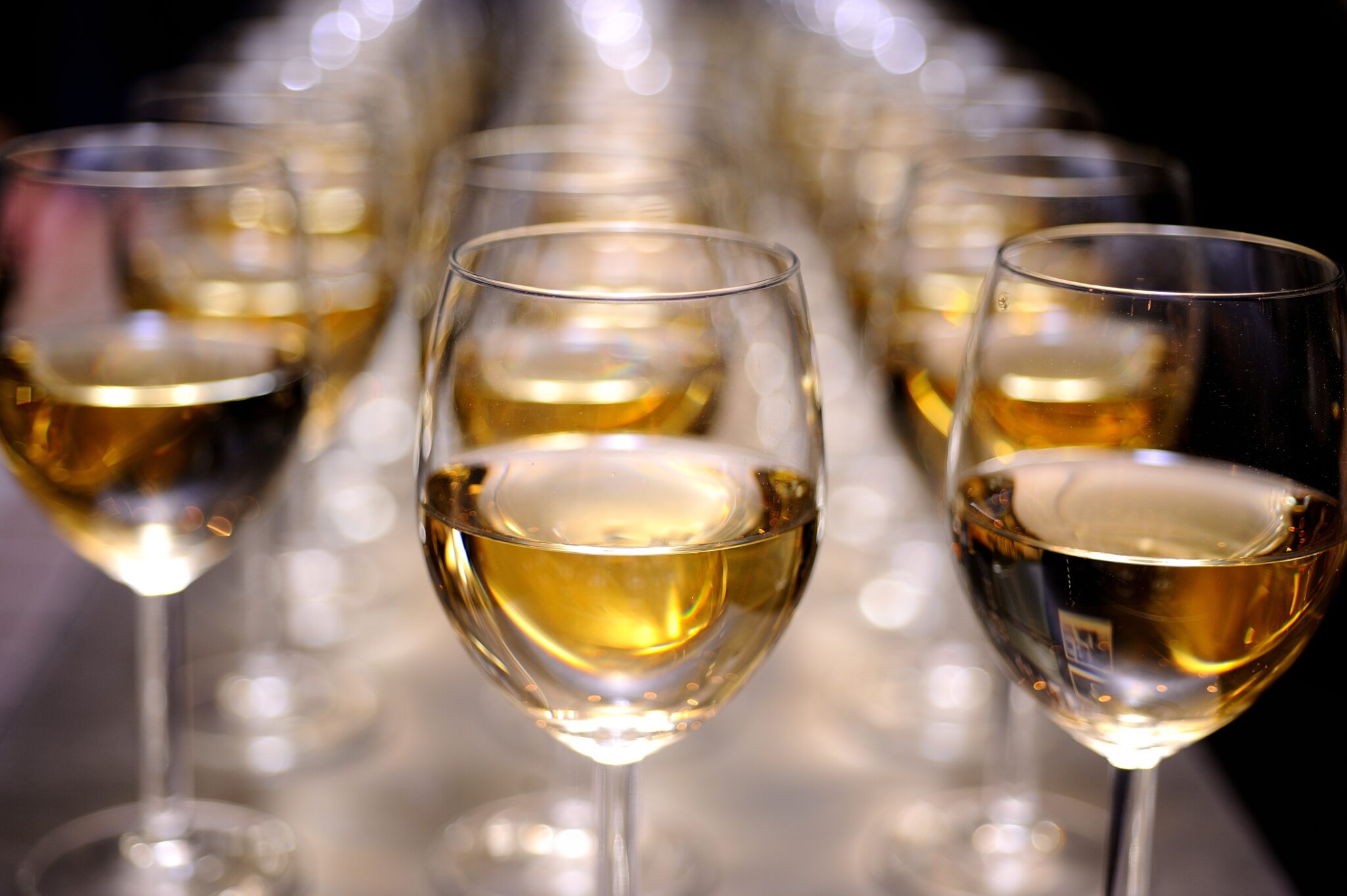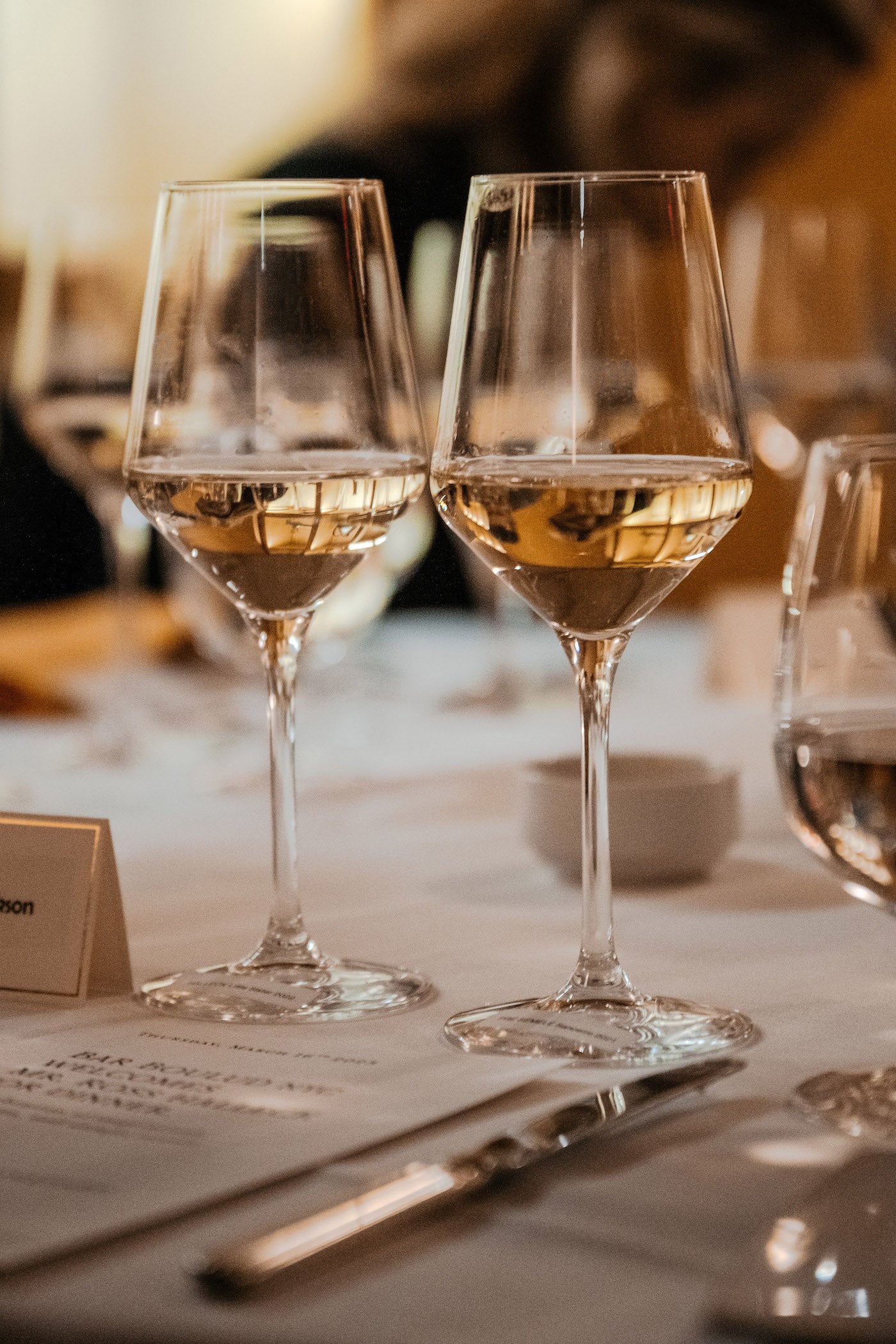Wineries Known For Their Beautiful Gardens - Exploring The Vineyards In Sonoma County
Wineries Known For Their Beautiful Gardens - Exploring The Vineyards In Sonoma County
Blog Article
Charming Wineries Offering Wine And Food Pairings - Top Wineries To Visit In Sebastopol
Wine tasting is an art that requires practice and an understanding of various aspects involved in the process. One essential element of wine tasting is the event and interpretation of tasting notes, which serve as a guide for both novices and seasoned connoisseurs. A Guide To Understanding Winery Wine Tasting Notes can enhance your wine-tasting experience, making it extra significant and enjoyable.
Tasting notes are concise descriptions that seize the essence of a wine’s flavors, aromas, and total character. Normally composed by professional tasters, winery tasting notes offer insights into the nuances of various wines. They might help wine enthusiasts perceive what to anticipate from a particular bottle. However, tasting notes can vary extensively in style and element primarily based on the author's experience and palate.
Wineries That Host Harvest Festivals - Wineries In The Sebastopol Region
When you first approach a glass of wine, your senses will begin to engage immediately. The sight, odor, and taste of the wine will converge to provide you an entire experience. Tasting notes usually begin with the visible assessment, the place the color of the wine is taken into consideration. Shade plays a big function in indicating the wine’s age, grape variety, and even its flavor profile.
After assessing the visual facet, the following step entails swirling the wine in the glass. This action aerates the wine, permitting its aromas to awaken. Smelling the wine provides critical perception into its complexity. The initial sniff can ship a flood of scents that may embrace fruity, floral, natural, or earthy notes. This is often probably the most subjective part of tasting, as individual experiences can dramatically differ.
In winery tasting notes, descriptors are sometimes categorized into main, secondary, and tertiary aromas. Primary aromas usually stem from the grape selection, secondary aromas derive from fermentation processes, and tertiary aromas arise from growing older. Understanding these categories might help you appreciate the depth of a wine, and so they also give you the vocabulary to precise your experience better.
Innovative Wine-Making Techniques In Sonoma Valley - The Beauty Of Sebastopol Wineries
Following the olfactory encounter, your focus will shift to the style of the wine. This is where the primary characteristics—sweetness, acidity, tannins, alcohol—come into play. Tasting notes usually detail these flavors in multiple dimensions, together with the preliminary attack on your palate to the lingering finish in your tongue. A high-quality wine will present a harmonious balance between these factors.
Whereas tasting, it is important to contemplate the body of the wine, which may be described as light, medium, or full. The body contributes significantly to your general impression, helping you contemplate how the wine pairs with food or whether it stands alone as a sipping wine. Balancing the body with the opposite characteristics will give you a fuller understanding of what the wine has to supply.
The end of the wine, additionally known as the aftertaste, is another important aspect typically included in tasting notes. A lengthy, nice finish normally signifies a higher high quality wine, while a brief or cloying aftertaste may counsel otherwise. Evaluating the end can offer additional insight into the wine's complexity and distinction.
Understanding the context of winery tasting notes can be valuable. Tasting notes can present contextual information about the vineyard's location, local weather, and grape-growing practices. This context adds another layer websites of appreciation for the wine, permitting enthusiasts to attach the sensory experience with its origins, thus enhancing the enjoyment further.
Wineries In Dry Creek Valley - Vineyard Visits And Wine Tasting In Sonoma
Many wineries present tasting notes on their websites or labels, often written in an approachable yet informative style. Nonetheless, not all winery tasting notes are created equal. Some may be overly technical, while others might prioritize advertising aptitude over insightful analysis. Learning to navigate these notes can arm you with the data to make informed choices when deciding on wines.
Taking Part in tastings at wineries also can deepen your understanding of wine tasting notes. Interacting with knowledgeable workers may give you a more hands-on method to exploring totally different wines and the language used to describe them. Wineries With Unique Wine Blends. You May have the chance to ask questions, interact in discussions, and potentially refine your palate in actual time.
Experimentation is important for mastering wine tasting notes. As you sample different wines, strive making your personal notes. Focus on describing the wine’s color, aroma, style, and end. Over time, you’ll develop a personal vocabulary that resonates along with your sensory experiences. Each note you create will assist refine your palate, permitting you to understand wines at a deeper level.
Wineries Offering Private Events - Sonoma's Finest Wineries
In conclusion, a Guide To Understanding Winery Wine Tasting Notes provides a comprehensive framework for diving into the world of wines. It equips you with the strategies and language necessary to articulate your experiences. Whether you are a casual drinker or a dedicated aficionado, understanding and utilizing tasting notes can profoundly impact your wine journey. This knowledge not solely enhances your enjoyment but additionally connects you deeply with the wealthy narratives every bottle tells. By embracing this journey, you turn out to be part of the gorgeous mosaic of wine culture, where every sip unveils a new story ready to be found.
- Wine tasting notes sometimes encompass quite a lot of sensory descriptions, together with aroma, flavor, acidity, physique, and end, allowing tasters to fully appreciate the wine's traits.
- To improve your understanding, familiarize yourself with common wine terminology such as "tannins," "oakiness," or "terroir," which can help decipher the notes extra successfully.
- A systematic approach to tasting involves first visually assessing the wine's shade and readability, followed by swirling to release aromas, then inhaling and describing what you experience.
- Taking notes throughout tasting may help determine patterns over time, improving your palate and making it simpler to recall preferences for future alternatives.
- Don't overlook the influence of food pairings; tasting notes can differ tremendously when a wine is loved with complementary flavors, altering notion and delight.
- Pay attention to the wine’s vintage, as weather conditions in a given yr can significantly affect the ultimate product, adding one other layer to the tasting notes.
- Think About the winemaker's style and philosophy, which can form the wine's profile and influence how its notes evolve with each sip.
- Working Towards with totally different grape varieties can broaden your vocabulary; each sort brings unique traits that can improve your capability to articulate tasting notes effectively.
- Participating with wine professionals or attending tasting events can present useful insights, offering a richer context for understanding personal tasting notes.
- Remember that tasting is subjective; particular person preferences and experiences will shape one’s interpretation of the identical wine, enriching the overall enjoyment of wine exploration.
What are wine tasting notes?
Wine tasting notes are descriptive feedback made by tasters about the look, aroma, style, and finish of a wine. They provide an outline of the wine's characteristics and might help customers understand the style and high quality of the wine.
Wineries Near Santa Rosa - Wineries With Outdoor Tastings In Sebastopol
Why are tasting notes important when deciding on wine?
Tasting notes can guide you in selecting a wine that suits your palate. They present insights into flavors and aromas, helping you to match wines with food or occasions. Understanding these notes enhances your total wine experience.
How ought to I read wine tasting notes?
(Vineyard Tours With Guided Tastings In Sonoma)
Wineries That Host Harvest Festivals - Best Wine Tasting Spots In Sonoma County
When studying wine tasting notes, take note of the structure: search for descriptions of shade, aroma, flavor, and finish. This will assist you to grasp the wine's profile and determine if it aligns together with your preferences.
What phrases generally appear in wine tasting notes?
Widespread phrases include "tannin" (the structure), "acidity" (the crispness), "body" (the weight), and varied flavor descriptors like "fruity," "earthy," or "spicy." Familiarizing yourself with these terms can he said deepen your understanding of wine.
Off The Beaten Path Wineries In Sonoma - Exploring The Vineyards Of Sonoma

Can I create my own tasting notes?
Yes! Writing your individual tasting notes can improve your wine tasting experience. Focus in your observations of style, aroma, and other sensory characteristics. This personal practice can help you refine your palate over time.
How do I identify the aromas in wine tasting notes?
Wineries Known For Their Hospitality - Sonoma Area Winery For Tasting
To establish aromas, practice smelling quite so much of scents and associating them with wines. Swirl the wine in your glass to release its aromas, then take a moment to breathe in deeply before identifying any prominent scents.

What is the distinction between professional and personal wine tasting notes?
Professional tasting notes might use extra technical language and particular terminology, while personal tasting notes are subjective and mirror particular person experiences. Each are valuable for understanding and enjoying wine, however personal notes could resonate more with your distinctive tastes.
How can tasting notes enhance my wine appreciation?
Wineries With Live Music Events Occasionally - Sonoma Wine Tasting Recommendations
Tasting notes can improve your appreciation by serving to you to understand and articulate the complexities of wine. They encourage aware tasting and supply a framework for comparing different wines, leading to a richer enjoyment of the beverage.
Are there any apps or tools to help with wine tasting notes?
Yes, there are several apps designed to help customers report and arrange their tasting notes. These tools often provide options like flavor wheel guides and wine database searches, making it easier to track your journey by way of completely different wines. Report this page